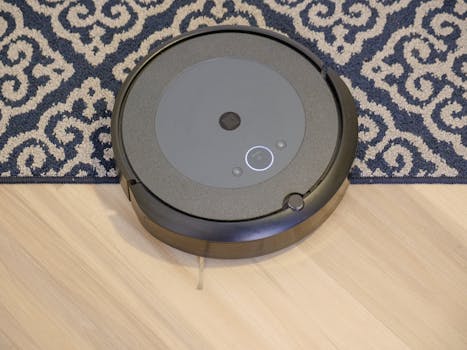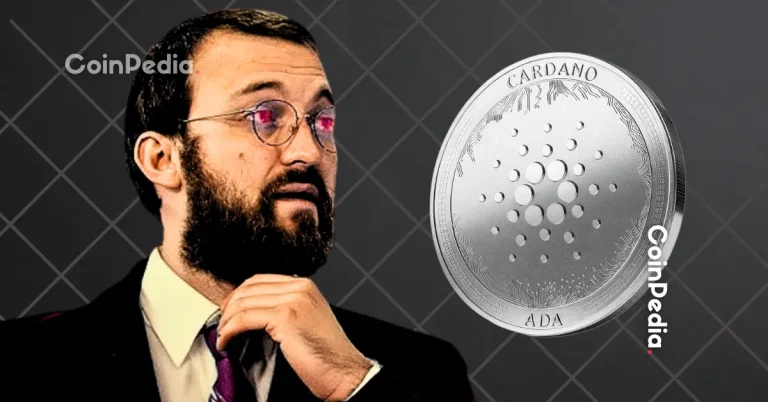
Smart Homes and Smart Living: The Technological Transformation of European Homes by 2025
Introduction to Smart Homes and Smart Living
Smart Homes and Smart Living is the focus of the technological transformation of European homes by 2025. The concept of smart homes and smart living is revolutionizing the way Europeans live, with a focus on convenience, sustainability, and efficiency. By 2025, European homes are expected to undergo a significant technological transformation, incorporating innovative solutions and cutting-edge technologies.
Technological Advancements in Smart Homes
One of the key drivers of the smart home revolution is the advancement in technologies such as the Internet of Things (IoT), artificial intelligence (AI), and blockchain. These technologies enable seamless communication between devices, automate routine tasks, and provide real-time monitoring and control. For instance, smart thermostats can learn a household’s temperature preferences and adjust the temperature accordingly, while smart lighting systems can be controlled remotely and adjusted based on the time of day and occupancy.
Benefits of Smart Homes and Smart Living
The benefits of smart homes and smart living are numerous. They include enhanced convenience, improved energy efficiency, increased safety and security, and better health and wellness. Smart homes can also provide real-time monitoring and alerts, enabling homeowners to respond quickly to any issues that may arise. Additionally, smart homes can be integrated with wearables and other devices, enabling homeowners to track their health and wellness metrics and receive personalized recommendations.
Challenges and Limitations of Smart Homes and Smart Living
While the concept of smart homes and smart living is exciting, there are also challenges and limitations to consider. One of the primary concerns is the issue of data privacy and security. With the increased use of connected devices, there is a growing risk of data breaches and cyber attacks. Furthermore, the cost of implementing smart home technologies can be prohibitively expensive for some households, and the complexity of these systems can be overwhelming for those who are not tech-savvy.
Conclusion and Future Outlook
In conclusion, the technological transformation of European homes by 2025 is expected to be significant, with a focus on smart homes and smart living. While there are challenges and limitations to consider, the benefits of these technologies are numerous, and they have the potential to revolutionize the way Europeans live. As the technology continues to evolve, we can expect to see even more innovative solutions and cutting-edge technologies emerge, further transforming the concept of smart homes and smart living.





